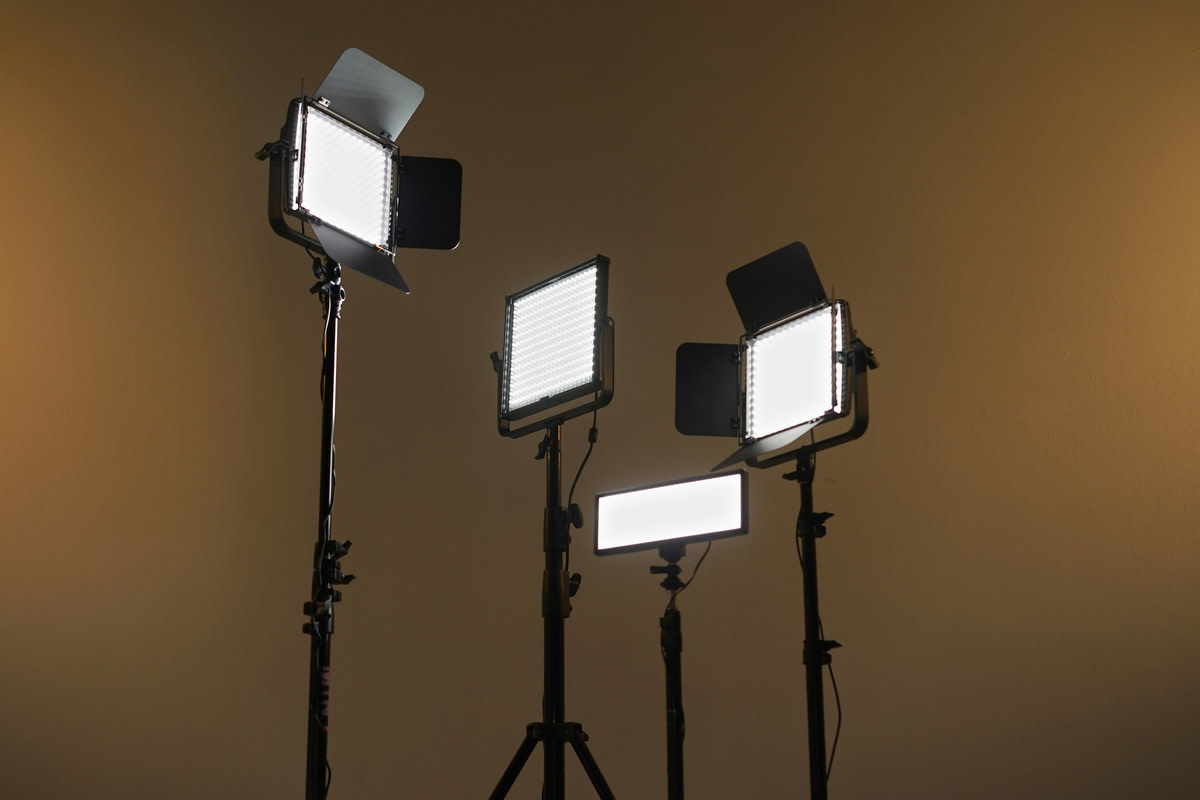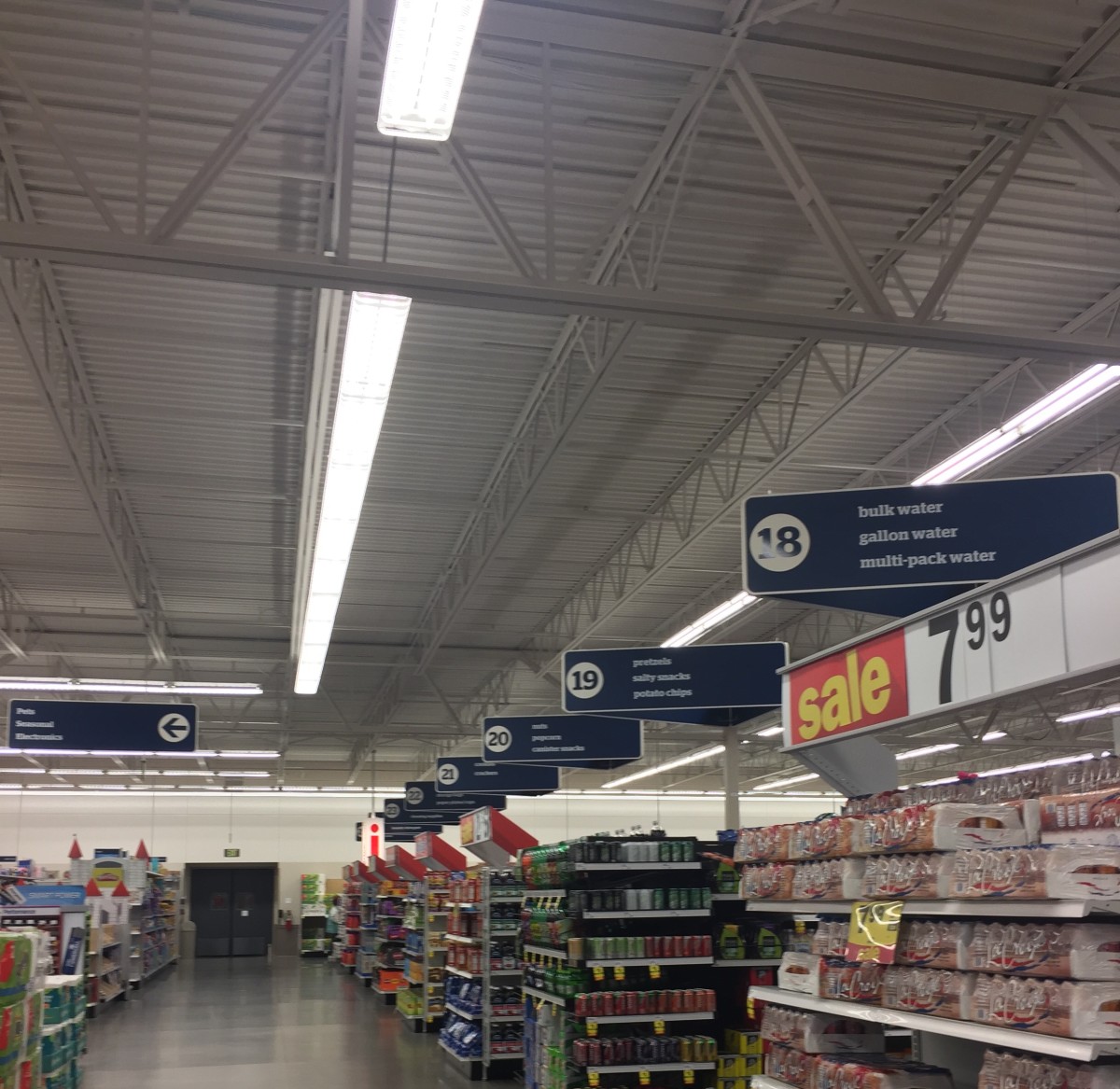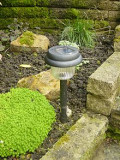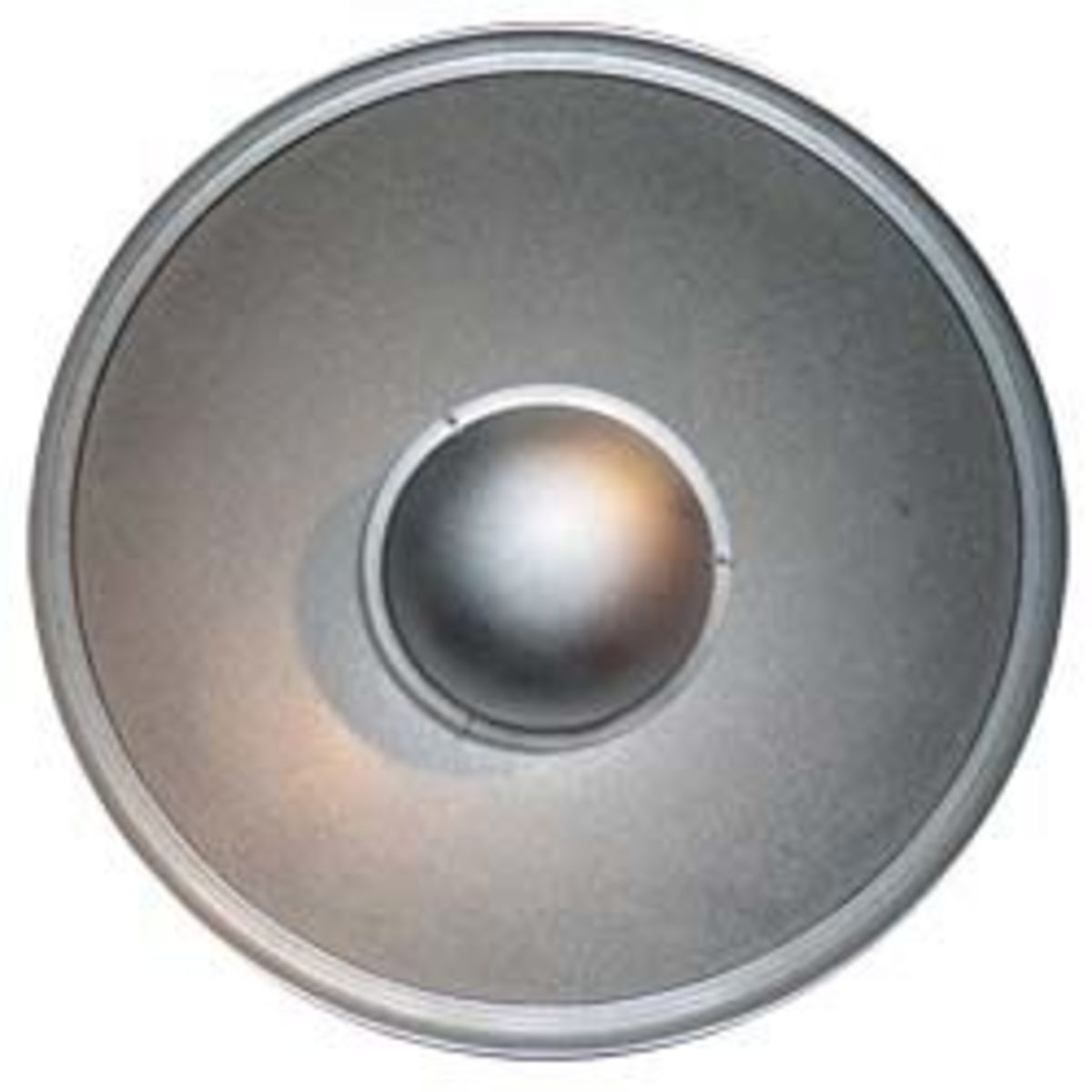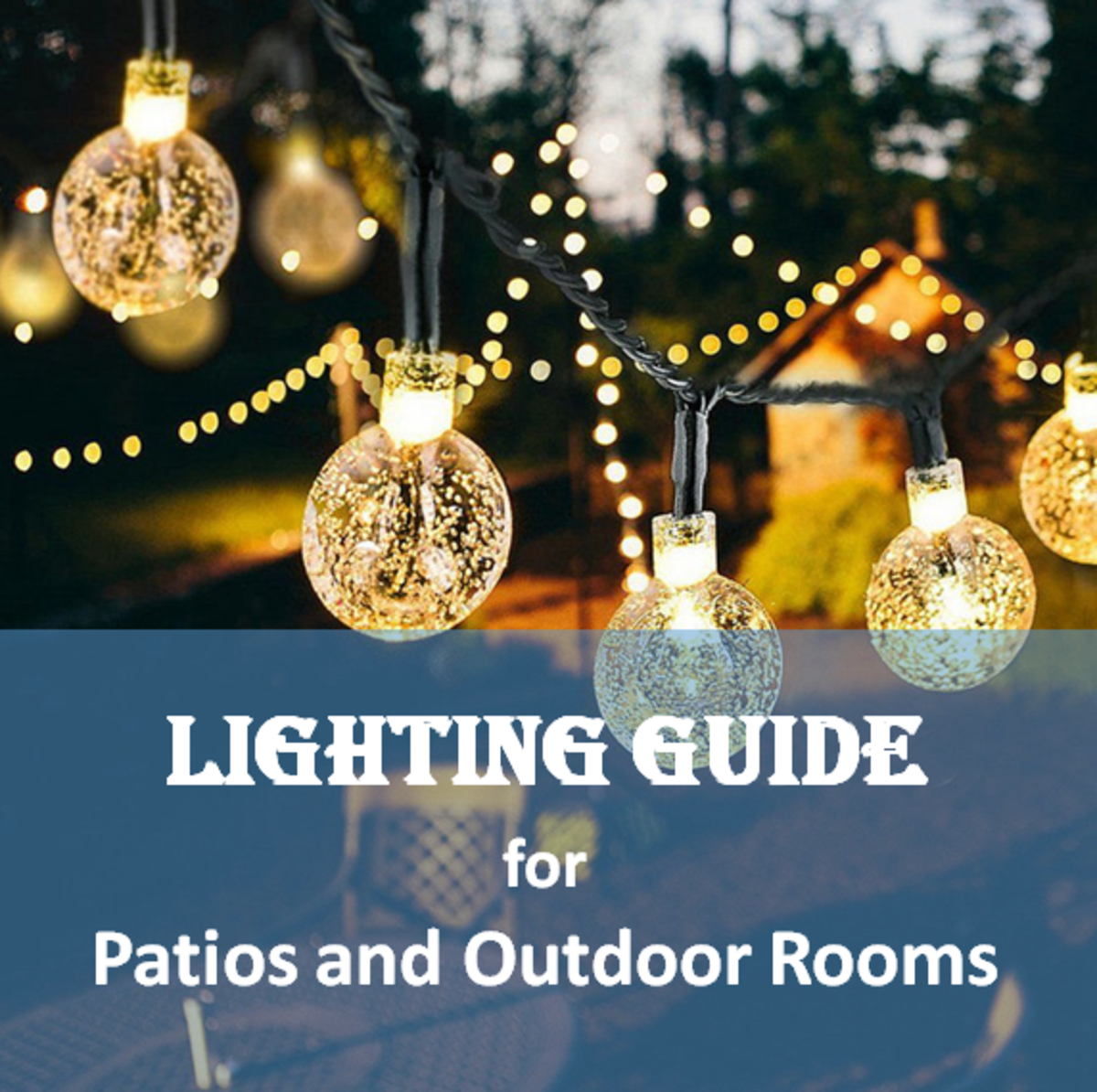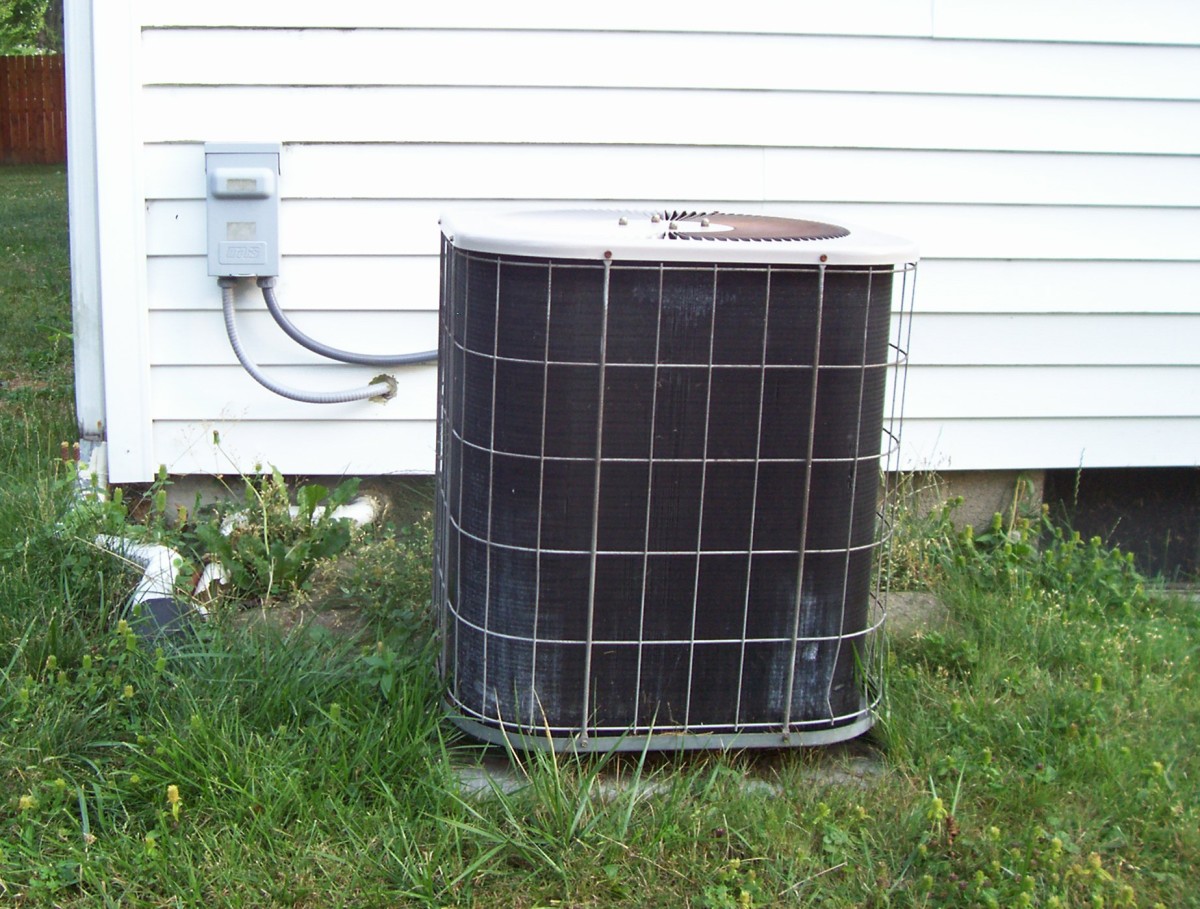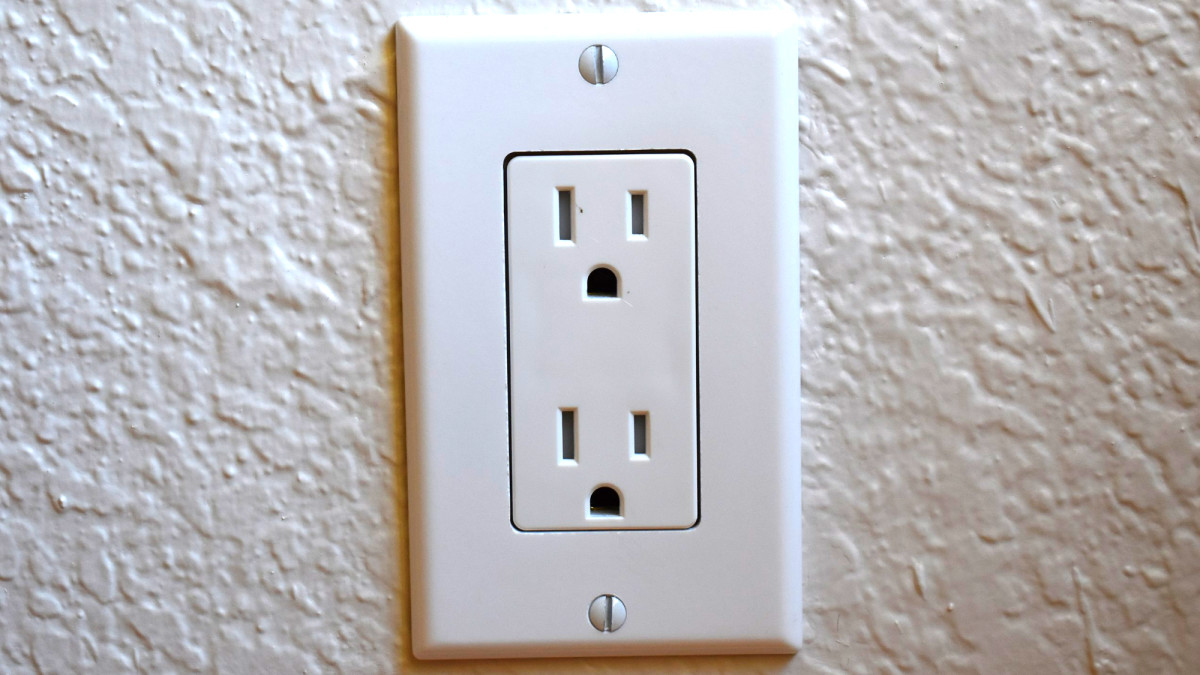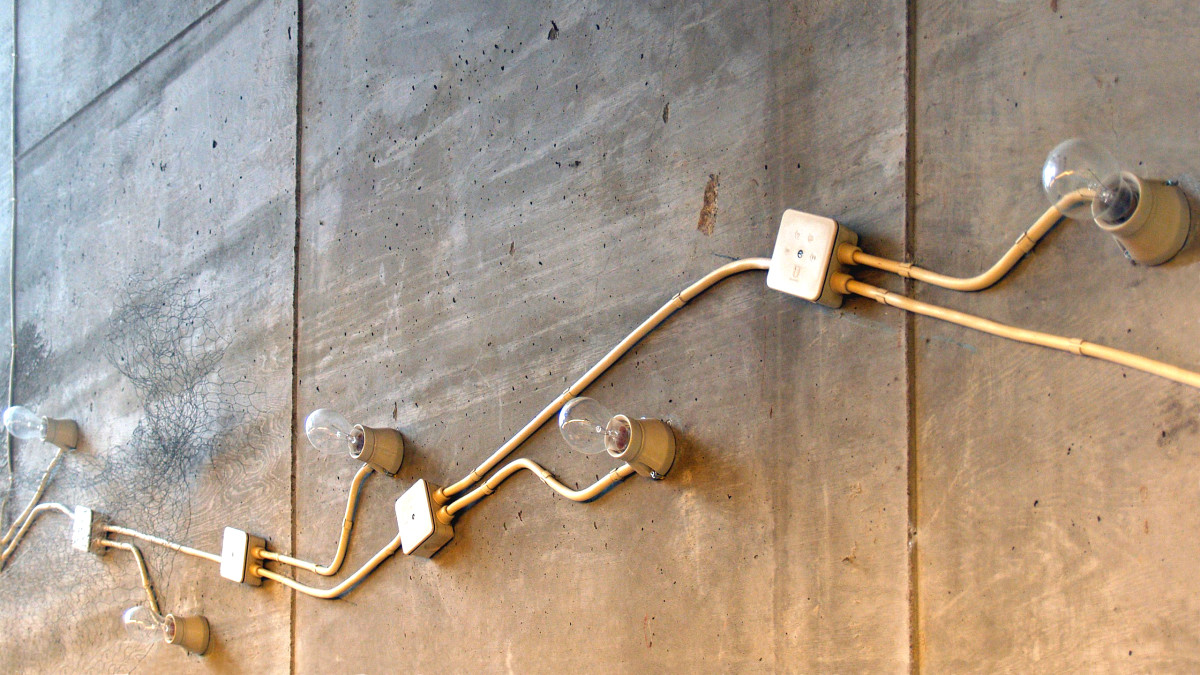Common Landscape Lighting Mistakes and How to Avoid Them
A properly lit landscape can be a beautiful thing. For amateurs and some do-it-yourselfers who opt for landscape lighting kits or invest substantially in individual components, it's that one word (properly) that sometimes gets missed and the results can be anything from garishly horrid to woefully inadequate. There's an art to getting landscape lighting right and it helps to know what to look for and what to avoid before you try to implement the fancy techniques that can make your garden the gem of the neighborhood.
Before we get into it, I've decided to do several hubs covering various lighting techniques, tips and advice. I'll cross-link them as I put them up so you can reference other helpful resources. The first hub covering creative landscape lighting ideas went up almost a month ago before it occurred to me that there's a great deal more information I could be providing. Enough said. Let's move on to the common mistakes and things you should be doing to get the results you want.
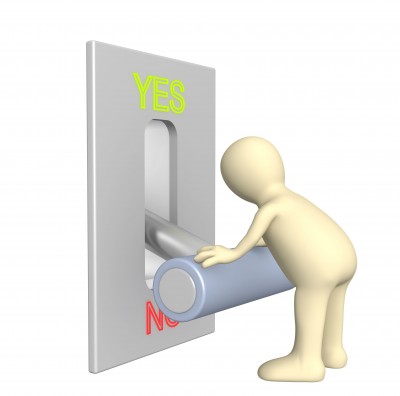
Do's and Dont's
Don't over do it. It's as simple as that. Where you'll most often find folks making this mistake is in a newly planted garden. Immature plants have neither the personality nor size to "shine" in the glare of a lot of landscape lights. Even mature gardens only require a certain amount of light. You aren't trying to signal the space shuttle here. Spotlight only a few prize plants and features. Getting this right is as much about what you don't light as what you do.
Don't under do it. While there's something to be said for a subtle or minimalist approach, beginners often overlook prime candidates for landscape lighting either because they are laser focused on a single item or because they simply can't afford enough lights to reach those great candidates in their gardens. Investing a little extra time to plan and a little extra money to get everything you need will leave you much happier with your results.
Use kits only after you know what you're going to get out of them. I wrote a pretty comprehensive post about landscape lighting kits on my fledgling landscaping blog which you're welcome to read. The site is very bare bones as of this writing but I'll clean it up over the next few weeks. As for kits, they aren't necessarily bad and they aren't necessarily good. There's an appropriate application for them (such as path lighting for safety) but don't expect superb or professional results for reasons outlined in the post I've linked you to above.
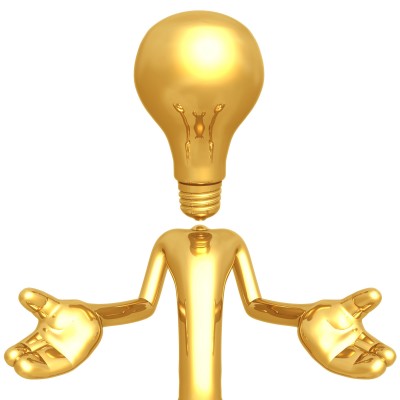
Know your bulbs. It's the most boring topic imaginable when
it comes to landscape lighting, but it's probably the most important. The bulbs
that come with your lights may be wholly inadequate for the task you have in
mind. Or, they may be entirely too powerful. A 20 watt bulb may be ideal for
moon lighting if it's placed low enough in a tree's branches. Go up another 10
feet and you might need a 30 watt bulb. Or you may need a halogen bulb to emulate
the cooler blue color of moonlight. The point is, though the subject is a bit
tedious, you overlook it at your peril. All lights are not created equal.
Know your objectives. Are you shooting for the safety
afforded by outlining steps, paths or a perimeter? Is security your objective? Are
you going for evocative or subtle shadows cast by specimen plants? Do you want
to up-light? Spotlight? Moon light? Know what you want to accomplish and what
you can accomplish. Knowing that will help you both in your planning stages and
when you're speaking to a pimple-faced, adolescent, unqualified, part-timer
manning the landscape lighting department of your local hardware store.
Know your mood and stick to it. There are several ways to make a landscape lighting layout go from great to carnival funhouse. One of them is by trying to accomplish too many things in too limited a space. If you have well separated garden areas (the front of your home and your backyard, for example) then you can go for two moods (sometimes). Do NOT try for multiple mood settings in one area or you'll screw it all up. If you want a fairytale setting, stick with a fairytale setting. If you want romantic or mysterious, plan everything around that. Your best bet is to pick what you like (tropical themed landscape lighting, for example) and stick with it. That includes your planting, atmosphere and decorative features/accessories, not just your landscaping lights.

Failing to plan is planning to fail. Take the time to
identify all the features you want to light and how you want to light them
before you set foot in a hardware store. Use chalk or a shallow trench to lay
out where your cable will run and measure to ensure you purchase enough cable
for the project. "Practice" by lighting various plants and features
with a flashlight to determine what angles will work best. After you've planned
everything, then buy what you need.
Know your angles. Nothing says poor planning like a light
that's blinding the people sitting around your outdoor living room. Consider
the space your guests will most frequent and ensure that your lights won't be
placed or angled in such a way as to cause them permanent eye injury.
Placement, angling, recessing and the inclusion of louvers on your lights are
all ways in which you can help direct light where you want it rather than in
your guest's eyes.
Keep colored lights and filters to a minimum or avoid them
all together. I've seen my fair share of did-it-myself landscape lighting
schemes that would be more appropriate as a circus backdrop than as a
comfortable, elegant and inviting back yard in which to entertain. Filters have
their place and, if you can do it subtly, go right ahead. A different color
filter in every fixture, though, is only appropriate if you're a clown.
I think that sums it up for now. Beautiful landscape
lighting isn't as difficult to achieve as the length of this write-up might
imply. But, I liken it to carpentry. Measure twice, cut once. You may be excited
to just start planting lights in the ground but you're almost certain to be disappointed
in the results if you do. Take the time to set an objective and plan how to
meet that objective and you're far more likely to be contentedly sipping margaritas
in your garden paradise when you're done with the labor.
Hope you found this *cough* illuminating *cough*. Sorry. Couldn't resist.

